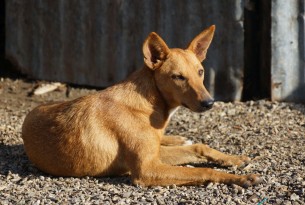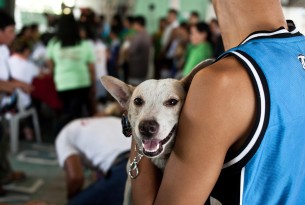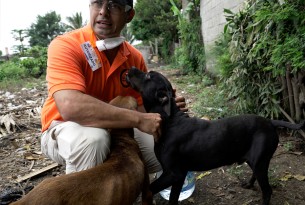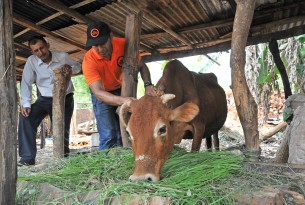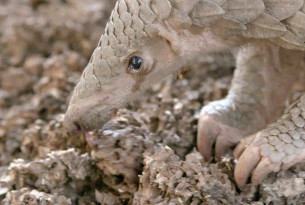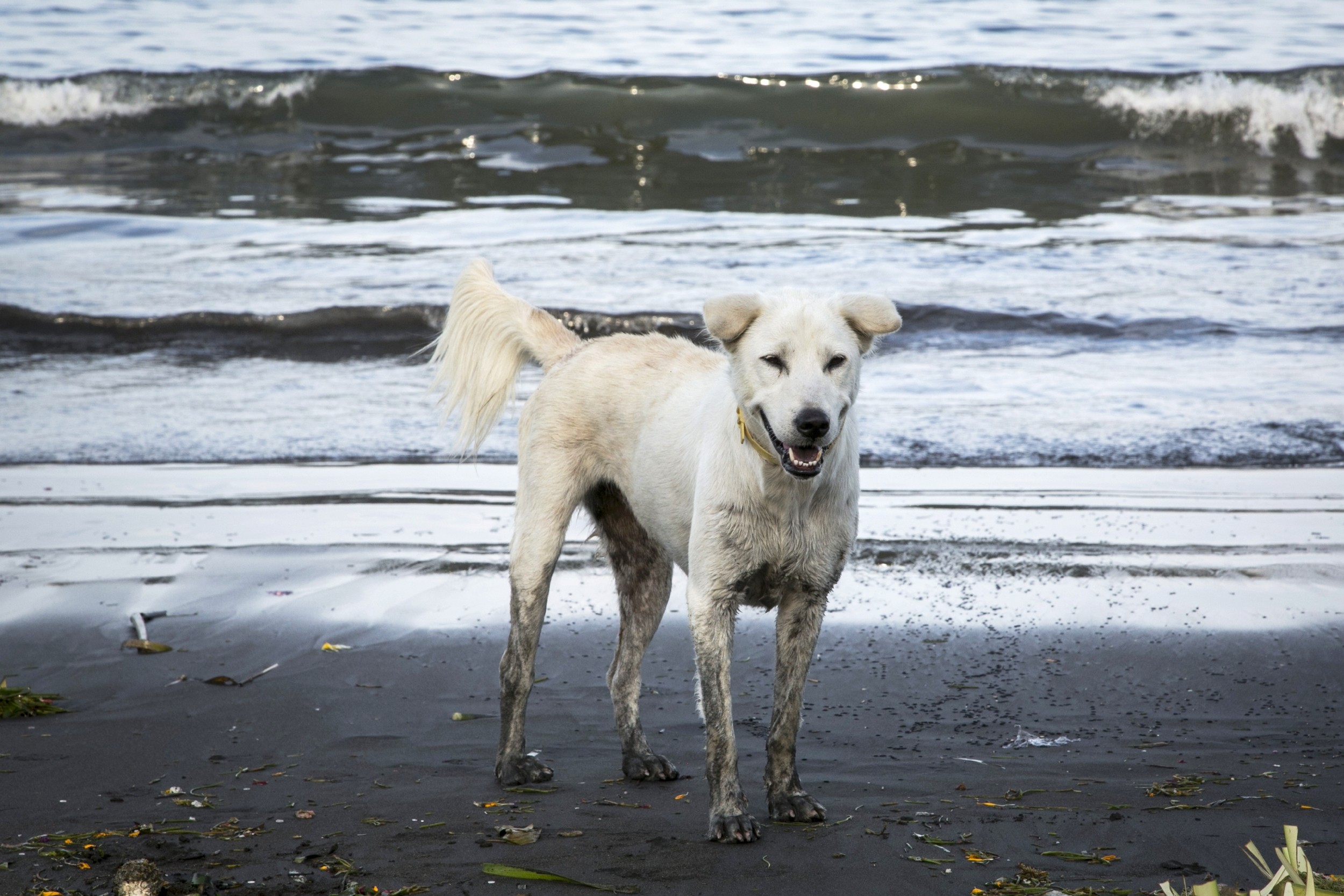
Our concerns regarding dog culling in Bali, Indonesia
With rabies cases increasing in Bali, it has been reported that local communities and the provincial Government have resorted again to culling stray dogs to control rabies.
This is a misguided effort and the Balinese Government is undermining the highly successful vaccination program that it previously invested in. Culling dogs is both cruel and pointless, as dog numbers recover quickly. Ultimately, killing dogs has no effect on eliminating rabies or tackling the issue of stray dogs.
Combining responsible pet ownership and humane population practices are just two effective ways to approach the situation. With thirty years of experience in advising governments on the issue, we have reached out to the Balinese Government to collaborate on a solution, but have yet to receive a response. We strongly urge them to immediately stop culling stray dogs, and to seek a more humane course of action as an alternative.
Our Regional Campaign Manager for Asia Pacific, Joanna Tuckwell, has said in response to the situation in Bali:
“Killing dogs to reduce stray dog populations or eliminate rabies is completely ineffective and unacceptable. Based on our experience, we know that the methods used will be cruel and extremely distressing for dogs.
“We worked with the Balinese Government in 2010, vaccinating 210,000 dogs which resulted in a 35% decrease in human rabies deaths and a 76% decrease in rabies in dogs. These results speak volumes: vaccination programs work.
“We call on the Balinese Government to immediately end this brutality and deliver effective vaccination and dog population management programs – we must work together to save dogs and protect the people of Bali from rabies.”
Ending inhumane culling
We move governments worldwide to end the inhumane culling of millions of dogs each year and introduce humane alternatives to culling to control stray dog populations. Learn more about our work with animals in communities.


